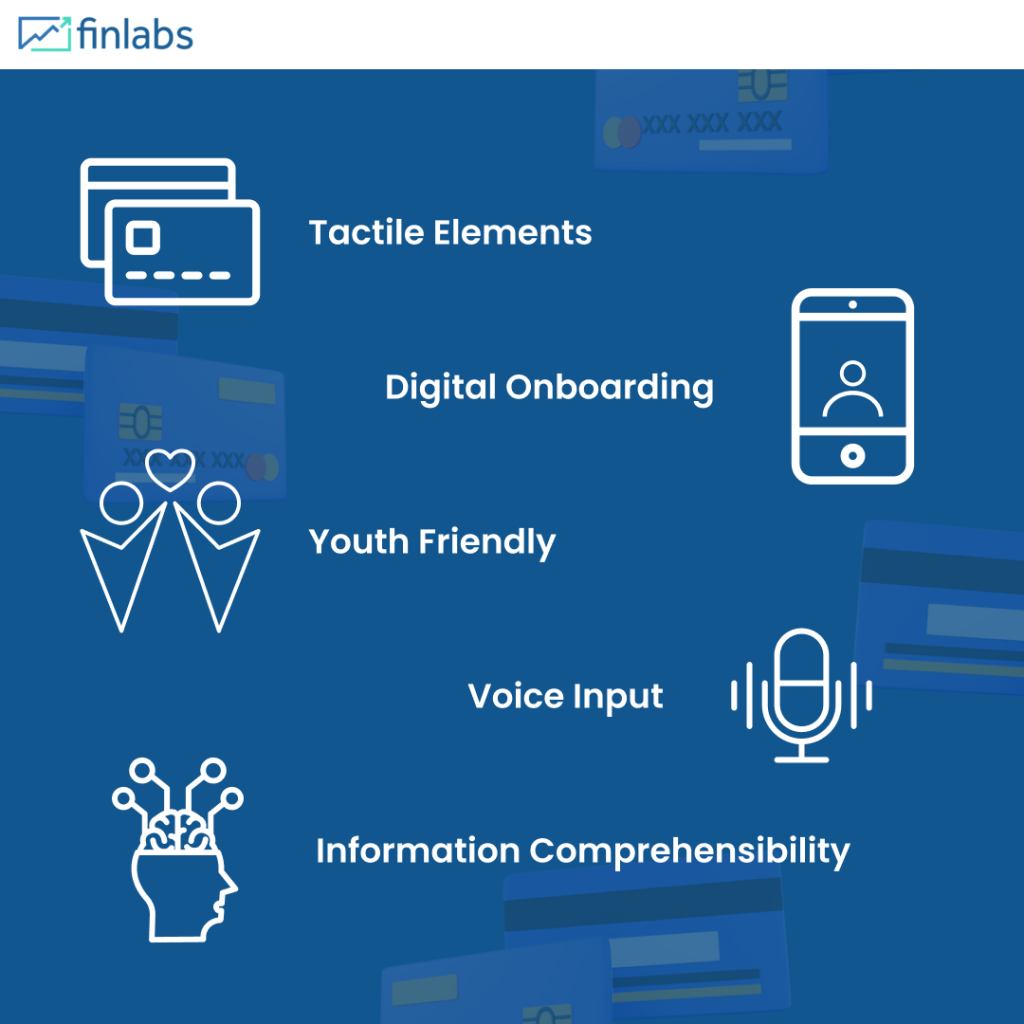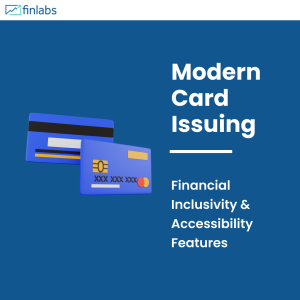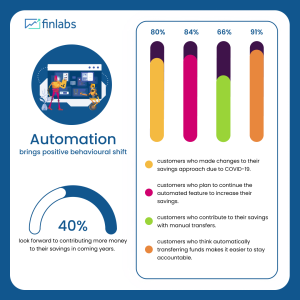Tactile Elements: Raised lettering or braille on credit cards can help people with visual impairments identify their cards and use them at ATMs and point-of-sale terminals.
Digital Onboarding: The ability to apply for and manage a credit card online can make it easier for people with disabilities or those who live in remote areas to get a credit card.
Youth Friendly Features: Some credit cards offer features that are designed to help young people build good credit habits, such as lower credit limits and reporting to credit bureaus.
Information Comprehensibility: Providing clear and concise information about credit cards, including fees and interest rates, can help people make informed decisions about getting one.
Voice Input: This feature allows users to control their credit card accounts with their voice, which can be helpful for people with visual impairments or dexterity issues.





